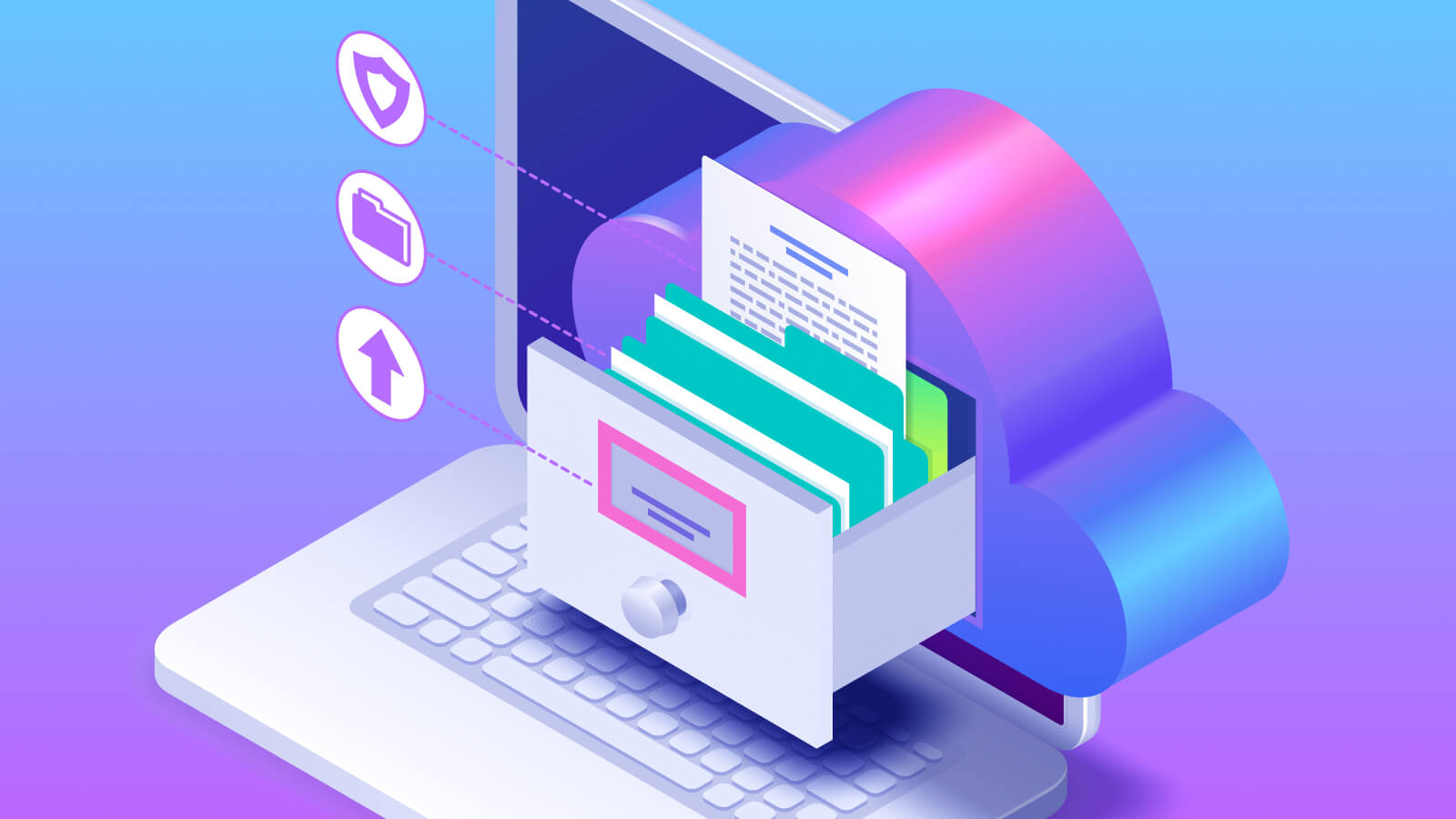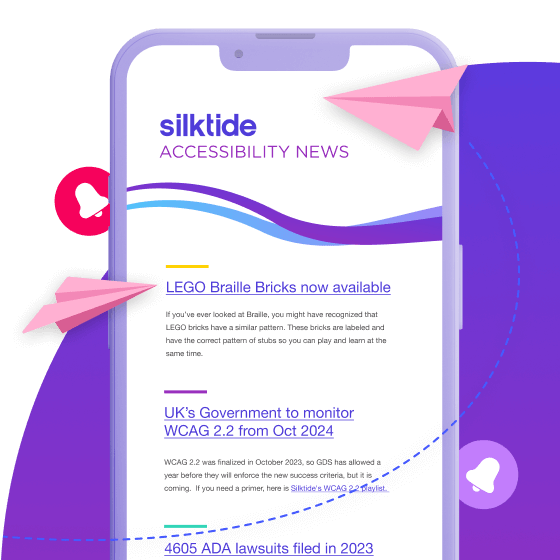Building a new website, or having someone else build it for you, is a great opportunity to fail spectacularly.
Normally, you only update a few things at a time, in a continual process of adding content or tweaking designs. But in a full website redesign and migration, you’re changing everything at once.
Your online presence and your reputation are reflected in the quality of your new site.
And by quality, we’re not talking about “Look at the shiny new thing”. We’re talking about hidden things, like technical failures, poor accessibility, bad user experience, and inconsistent content.
“New and shiny” does not always mean “better”.
80% of website redesigns make things worse (probably)
This flies in the face of your beliefs because you see your new website and think “wow, it’s pretty, it looks great, therefore it’s better”.
But that’s not true.
Often, the new website is slower, doesn’t convert as well, brings content problems across during migration, and has more errors.
This is normal.
How to migrate a website properly
Migrating a website is hard. There are a tonne of things to consider.
Before, during, and after a website migration is the perfect time to use automated testing software (like Silktide). Here’s a three-step workflow with an explanation as to why:
Before: Profile the existing site
Before you do anything, you need to profile your existing site, create an inventory of all your content, and importantly, take note of all the existing issues in your content.
There’s no point in blindly copying your content when it’s already littered with spelling errors and broken links.
I know the counter to this is “My website doesn’t have any spelling errors or broken links”. But how do you know? I mean, really know that your website is perfect. Have you read every single word, checked every single sentence, and clicked every single link?
And if you have, did you do it properly?
Nobody can be expected to manually check a website of many hundreds or even thousands of pages for these kinds of issues. So unless you’re completely scrapping all of your content entirely, you should check everything so you have at least a benchmark or starting point for comparison.
During: Profile the development site
Before you create or import your content into the development site, you should check your templates for spelling, broken links, and accessibility issues.
It’s a good idea, and much cheaper, to do this before you’ve built out 20,000 expensive pages based on an inaccessible or slow-loading foundation.
After: Continuously monitor everything
By testing after launch and on an ongoing basis, you can be immediately made aware of a catalog of issues that you somehow missed during the “adding content” stage.
You can triage the most important and assign them to people to deal with them in a more efficient and productive way.
Measure the improvements (or otherwise)
Automated website testing software like Silktide is very smart, but ultimately, completely indifferent to how you feel.
This is a good thing because it will give it to you straight. Did your website get empirically better or worse once migrated?
Remember, “How shiny is it?” is in no way related to “How good is it”.
In fact, of all the things Silktide tests, “shininess” is not one of them.
Silktide gives you scores for everything (you can even choose your website sections which each have their own scores).
The result? A cold, hard number that compares before and after.
“My agency is doing it for me and they said it’ll be accessible”
Are you sure? I mean, yes, they say that, of course. But are you sure it’ll be accessible? Do you know the developer who’s building it? Do they have a proven track record of building highly accessible sites?
Here’s a little secret. Nobody knows accessibility as well as they think they do.
This is not because they are a poor developer. It’s simply because nobody knows web accessibility in its entirety. It’s an impossibly large and broad-ranging subject, filled with nuance.
Time and time again we’ve seen relaunches of websites by agencies who say they know accessibility, yet the end result is poorer than the original.
Our own Index (our global web accessibility league table) is littered with examples of websites with accessibility issues, some of which are so severe it’s unlikely anybody using assistive technologies could perform even basic navigation.
Sure they look nice. But something that looks nice is not always the most accessible.
Again, an empirical, impartial measure of your website’s accessibility before and after the migration is the only way to be sure.
So, how can Silktide help?
First of all, Silktide finds issues across a wide range of areas on your site and presents you with a score. It then shows you where the issues are and explains in simple terms how to fix them. Once you’ve done your work, you’ll see your score increase.
The concept is very very simple, but the power lies in the way we do this. Our technology is unique. We don’t just read the code on your website, we actually load each page and view it as a human being would.
That’s why we can detect issues with, for example, mobile accessibility, that other platforms simply can’t. It’s why we can test complex user journeys, like checkouts and application forms, and report on whether they are both functional and accessible.
As they say though, “show, don’t tell”.
So click here and see Silktide for yourself.
Bonus Content – How our customers do it.
Watch a 2-minute case study to find out how Silktide can help you with migrating your website.

